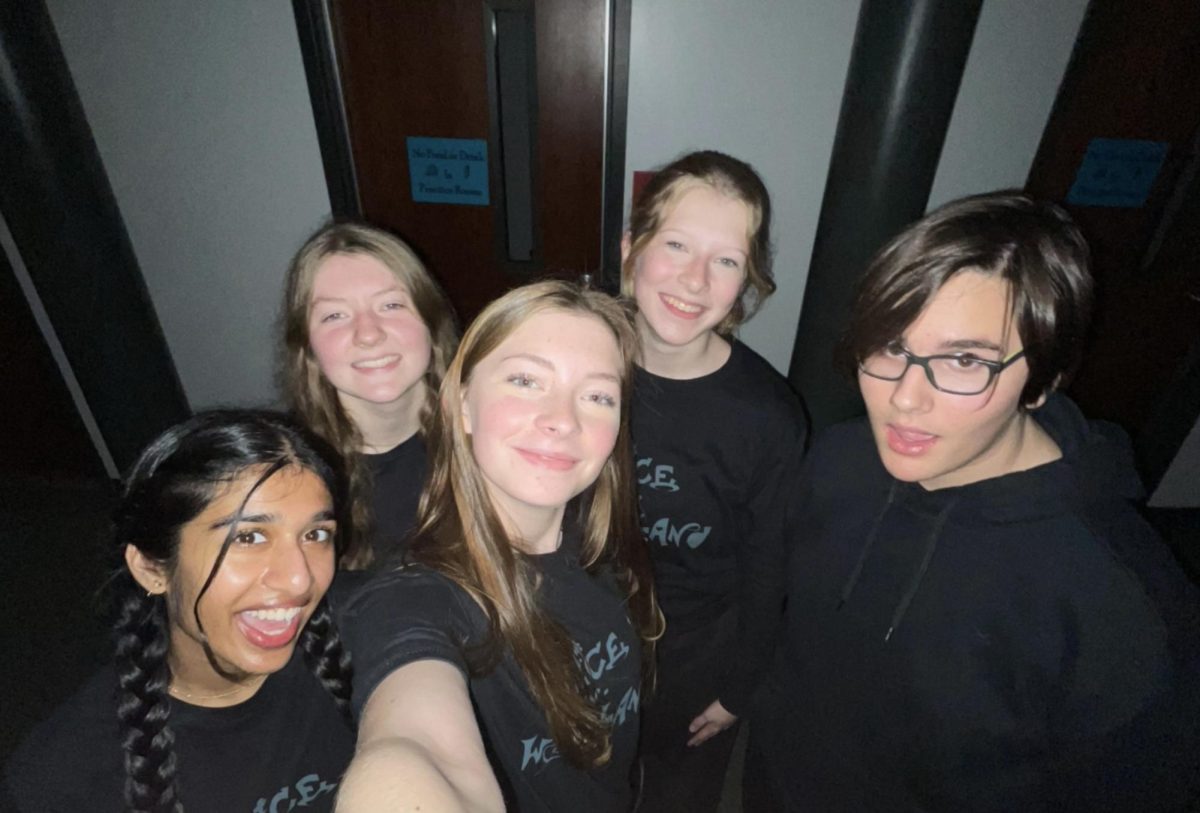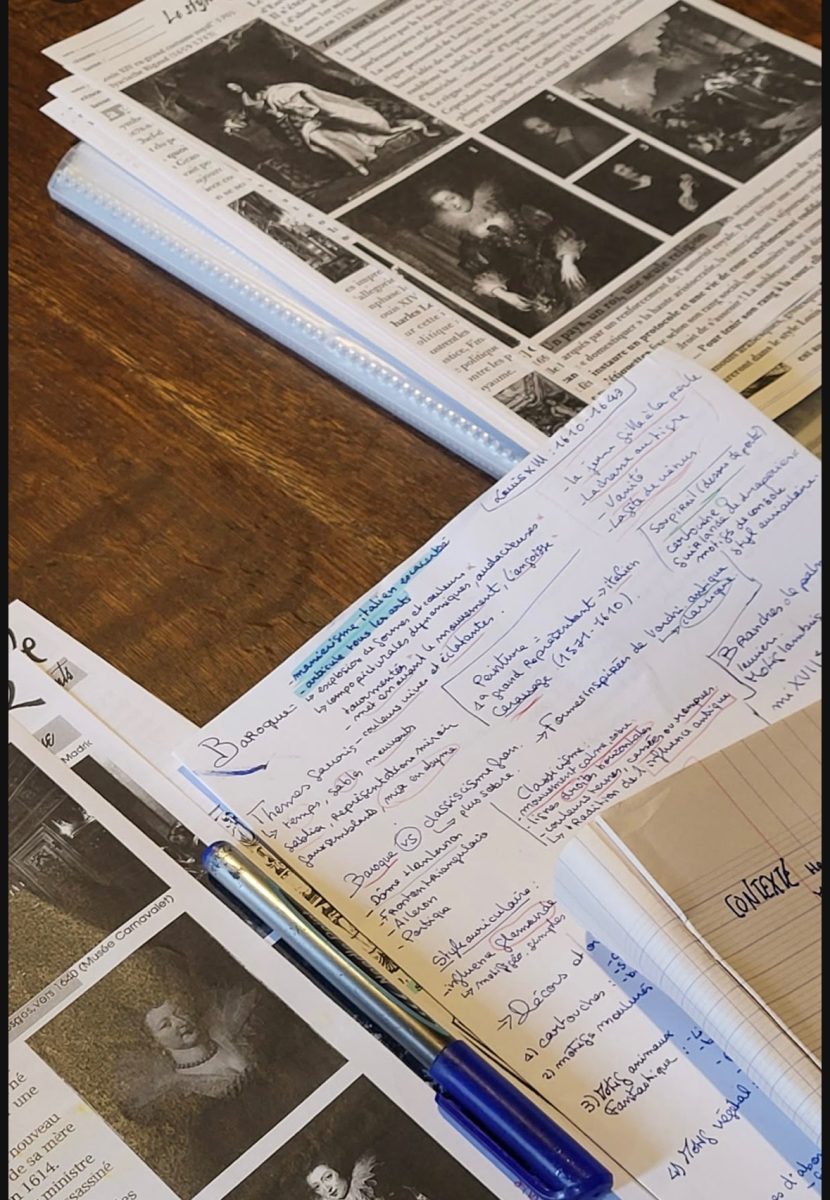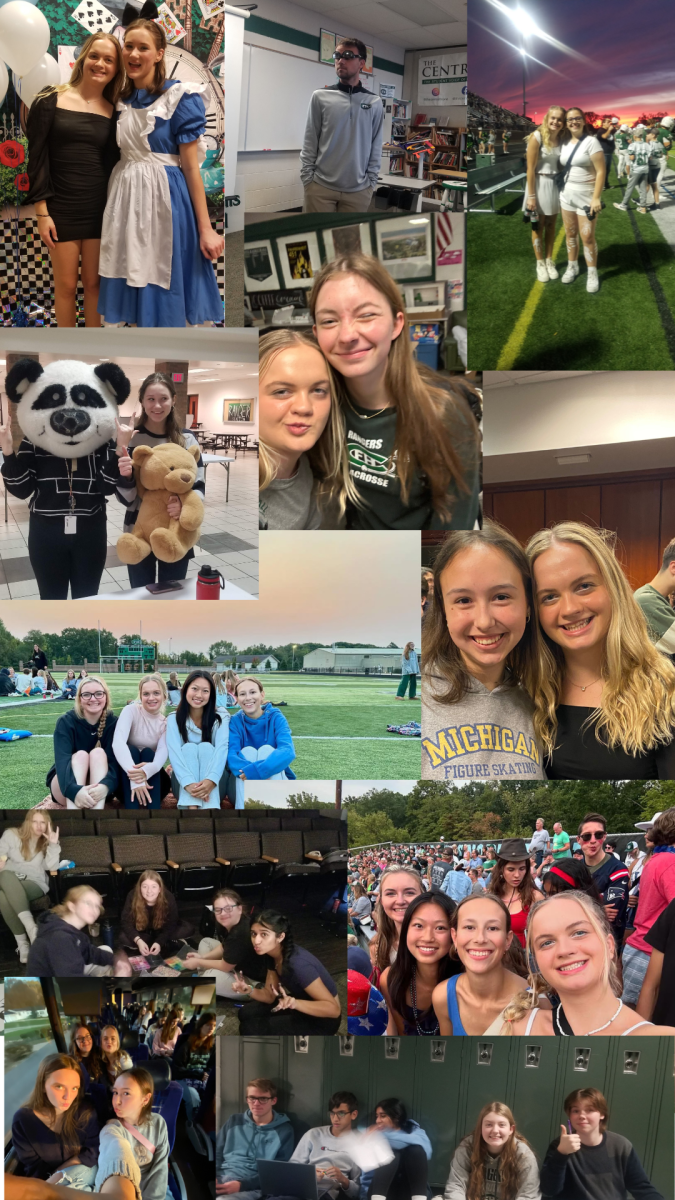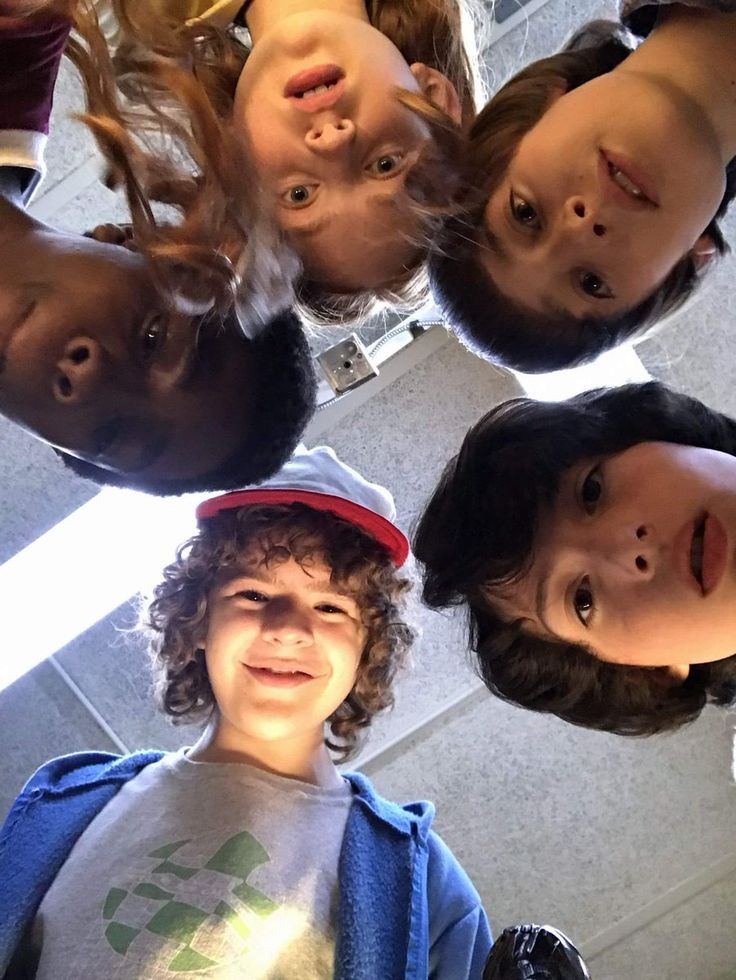Whether it be positive or negative, the elementary school gifted program left a lasting impact on students

More stories from Eva Harshman
The G.A.T.E.Ways program as advertised on the Forest Hills website
Being pulled from a class and taken to a classroom to play brain games while being labeled as “gifted” seems like a dream for most students. However, for senior Lindsay Larson, this experience wasn’t as pleasant as most would think.
Starting in third grade, Lindsay was told she was gifted and was placed in a cluster group that met twice a week in a room separate from her normal classroom. Lindsay wasn’t such a fan of this practice; it was too attention-drawing.
“I hated how exclusive it was,” Lindsay said. “Usually it was several kids in my class [that got pulled out], and I hated how it created a rift in the class. [It was like] ‘here are the smart kids leaving.’”
The tension with the students wasn’t the only problem with the program formerly known as G.A.T.E.ways.
Having students with different cognitive abilities taken from their classroom to do other activities was also a tough spot for teachers. The division of the students made it hard to determine whether to continue normal lessons for the class or wait for the other students to return.
“I also felt bad for the teachers because what do you do when a significant portion of your class is gone?” Lindsay said. “That’s just hard for them to fill that time.”
Lindsay said she did enjoy the content in the gifted program. The activities were both fun and valuable and awakened a part of the brain that isn’t normally active during the school day.
On the other hand, Lindsay wasn’t a fan of how the program was run and how only certain students got to participate in these activities.
“What we did in G.A.T.E.ways [wasn’t] necessarily exclusive to just the ‘gifted” kids’,” Lindsay said. “I think everyone could benefit from some of the more deductive [and] logical thinking methods. I think it would be great if everyone had access to what we did in G.A.T.E.ways.”
However, not everyone felt the tension between the G.A.T.E.ways members and the rest of the class. Senior Rachel Schenck, who also was in the program prior to middle school, didn’t feel as though there was an issue with the kids being pulled from class.
In fact, Rachel enjoyed the refreshing break from the monotonous school day. The topics she learned in the G.A.T.E.ways program felt much deeper than the typical elementary school curriculum.
“It wasn’t just normal learning; it was actually being able to try new things and to learn new things,” Rachel said. “Most of the time, in elementary school and middle school, it’s all fairly self-explanatory subjects, so we had the opportunity to go beyond and learn something new. It was just really nice.”
Rachel also enjoyed G.A.T.E.ways because it felt more applicable to real-life situations. Rather than learning math and science in ways that felt useless, she was able to see how her knowledge in the gifted program would help her later in life.
This is what made her enjoy being labeled as gifted so much since she always knew why she was learning what she was.
“I think [G.A.T.E.ways] shows you a lot of out-of-the-box thinking and different perspectives on most of the things you see in everyday life,” Rachel said. “Rather than just learning ‘one times three is three,’ you got to think about [how] things impact other people. It was just an entirely different style of learning.”
Although Lindsey and Rachel had different experiences socially through G.A.T.E.ways, they can both agree that the type of learning that they experienced should be expanded and more available.
Thankfully, the program has been able to be sculpted into a much more beneficial and inclusive option. Kristin Kemppainen, the coordinator of the cluster programs and differentiation for grades K-8 in the Forest Hills district, explained how the perception of gifted children is twisted.
“Just because you have been identified [as] gifted doesn’t necessarily mean that you are passionate about math or that you need an extended lesson beyond the typical grade level,” Kemppainen said. “Conversely, you can be not identified [as] gifted and be off-the-charts in math.”
It is the mindset that “the gifted kids are the smartest” or “I’m a gifted kid, so I must be smart” that caused the system to ultimately be reshaped.
Now, rather than having kids being pulled from classes, they have brought extended and logical thinking into the classrooms. There are no longer specialized teachers that run the cluster groups, and now the grade teachers have been trained to teach this new way of learning.
“It all depends on what interests you,” Rachel said. “[G.A.T.E.ways] was a wide range of things, and if [students] are just [in school] to learn the basics and don’t want to go beyond, it wouldn’t benefit them. If people are actually interested in that type of [learning] and want to have fun, then it would benefit them.”

Eva Harshman is a senior who is thrilled to be entering her fourth and final year on staff as Editor-in-Chief. Apart from writing for The Central Trend, she...


























































































